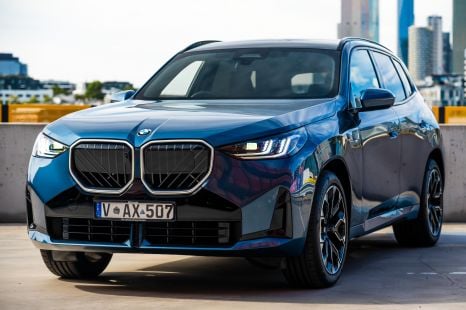

Jack Quick
8.4
6 Days Ago
There's a plug-in hybrid Land Rover Defender 110 coming this year, plus PHEV versions of the Range Rover Velar and Evoque and a new plug-in Range Rover.

News Editor
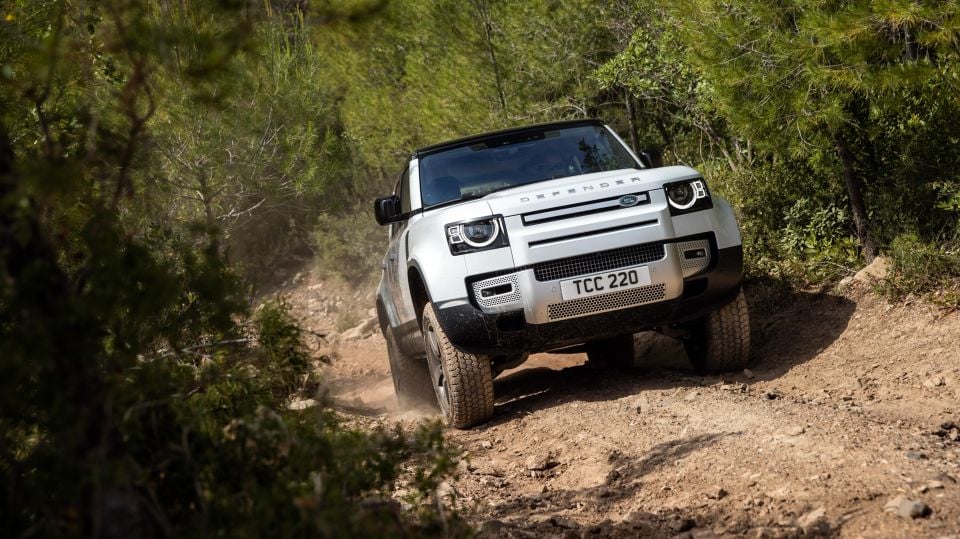

News Editor
Land Rover is doubling the number of plug-in hybrids it offers in Australia.
By the end of 2022, Land Rover will offer a plug-in hybrid version of almost every model line in Australia, including its hot-selling Defender 110.
Joining the existing Range Rover Sport P400e first will be the Range Rover Evoque P300e, which is available to order now.
The previously announced, next-generation Range Rover PHEV will be available to order from January 27, while the Range Rover Velar PHEV will be available to order from the second quarter of 2022 and the Defender 110 PHEV will follow in the third quarter of 2022.
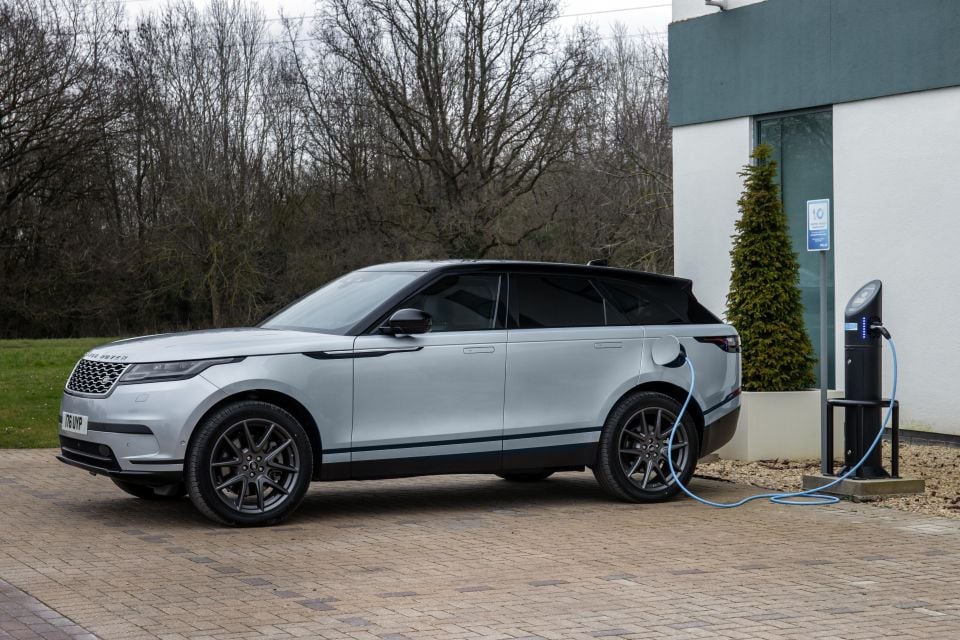
That leaves only the Land Rover Discovery Sport and Discovery without a plug-in hybrid version locally, and the latter isn’t available with a plug-in hybrid powertrain anywhere yet.
In addition to rolling out plug-in hybrid variants across much of its range, Land Rover is getting ready to launch six electric variants across its Range Rover, Discovery and Defender ‘families’ in the next five years, starting in 2024.
Of the incoming PHEVs, perhaps the model of greatest consequence is the Defender 110 P400e considering the Defender was Land Rover’s best-selling model last year.
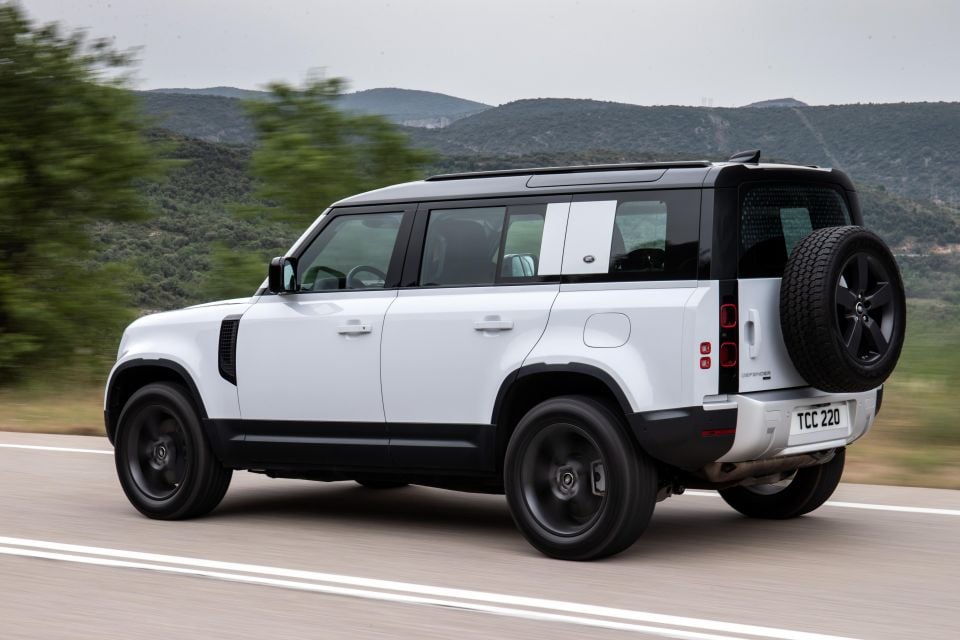
It borrows its powertrain from the plug-in Range Rover Sport, mating a turbocharged 2.0-litre four-cylinder engine with a 19.2kWh lithium-ion battery and a 105kW electric motor.
Total system outputs are 297kW of power and 640Nm of torque.
Claimed range is 43km on the WLTP standard, while 0-100km/h is dispatched in 5.6 seconds and braked towing capacity is up to 3000kg.
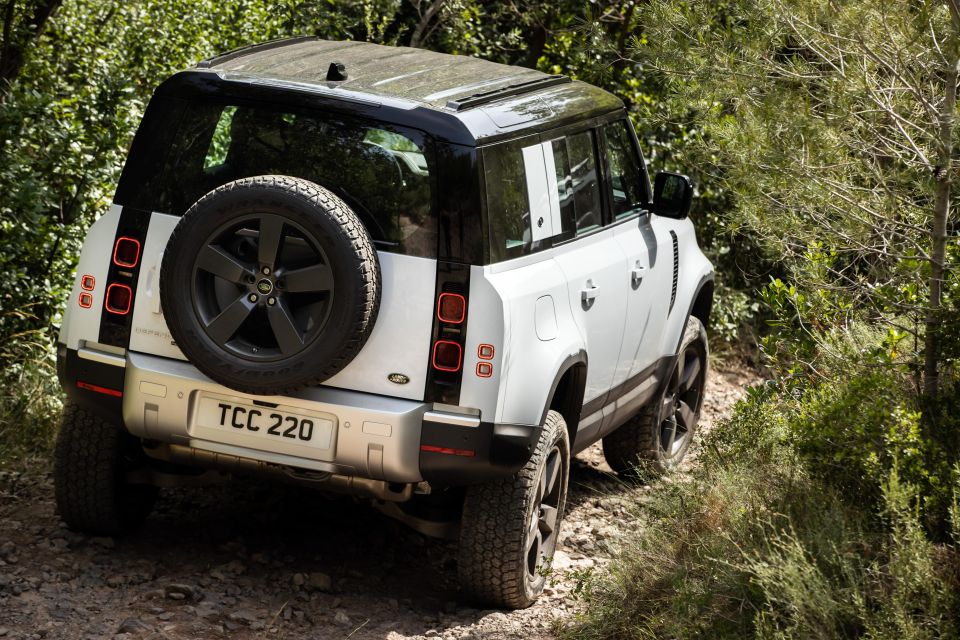
There’s no available third row with the P400e.
Using a 50kW DC rapid charger, the P400e charges to 80 per cent in 30 minutes. You can engage Save mode, which leans on the petrol engine more to preserve battery capacity. Alternatively, flip it to full-EV mode.
You can also use a smartphone app to monitor the car’s charge status or pre-condition the battery and cabin temperature.
The same plug-in hybrid powertrain is used in the Range Rover Velar P400e, which has greater range (53km) and a quicker 0-100km/h time (5.4 seconds).

The redesigned Range Rover uses a different, newer plug-in hybrid system.
The flagship Rangie’s PHEV variant features an inline-six engine with 375kW and 700Nm, a 38kWh battery, DC charging capability at 50kW, and a claimed 80km of range.
Land Rover Australia has yet to release detailed specifications for its plug-in hybrid models, though it has confirmed pricing for the plug-in Evoque. The single variant retails for $102,001 before on-roads.
According to sales data supplied by the Federal Chamber of Automotive Industries, 3372 PHEVs found buyers in 2021. That was up 99.4 per cent year-on-year, but still represented just 0.3 per cent of the total new car market.
The number of PHEV options on the market has been growing, particularly in the luxury SUV segments.
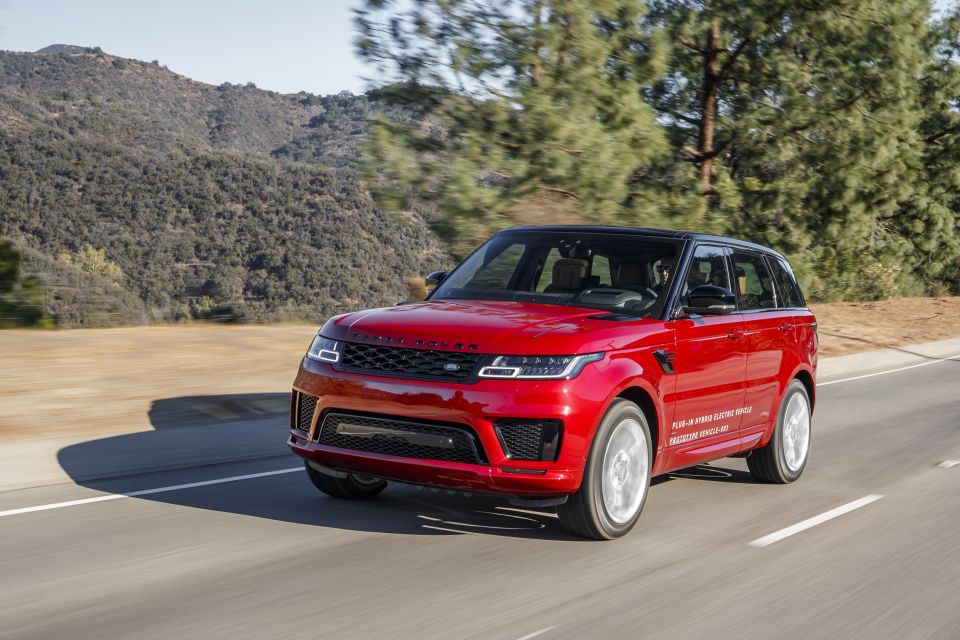
Land Rover’s PHEV options didn’t fare too well in 2021.
It sold just one Range Rover PHEV, however that model was in its swan song year ahead of the introduction of a redesigned range in 2022.
The Range Rover Sport PHEV, which is nearing the end of its lifecycle but likely won’t be replaced until next year, sold slightly better with 11 units recorded.
That was far off the pace of rival SUVs like the BMW X5 xDrive45e (118), Porsche Cayenne E-Hybrid (122) and Volvo XC90 Recharge (170).
There’s nothing else in this segment yet, though the Volkswagen Touareg R is due here in the fourth quarter of 2022.
MORE: 2021 Australian plug-in hybrid sales detailed MORE: Everything Range Rover • Range Rover Evoque • Range Rover Velar • Range Rover Sport • Land Rover Defender
Take advantage of Australia's BIGGEST new car website to find a great deal on a Land Rover.
William Stopford is an automotive journalist based in Brisbane, Australia. William is a Business/Journalism graduate from the Queensland University of Technology who loves to travel, briefly lived in the US, and has a particular interest in the American car industry.


Jack Quick
8.4
6 Days Ago
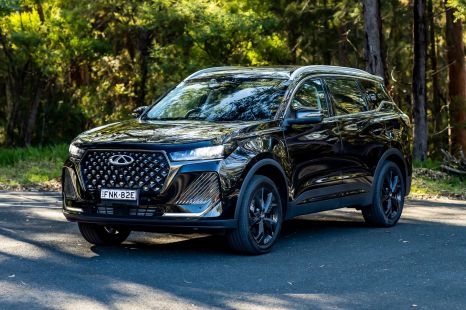

Matt Campbell
8.1
5 Days Ago
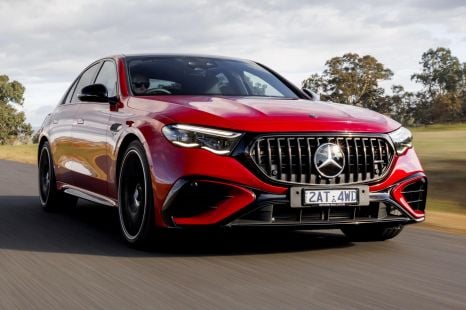

Max Davies
8
4 Days Ago
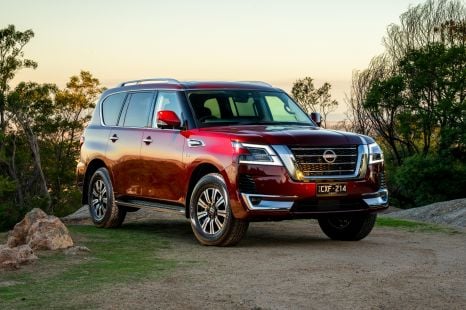

James Wong
8.1
3 Days Ago
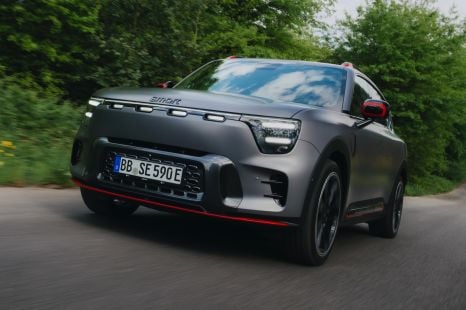

James Fossdyke
2 Days Ago
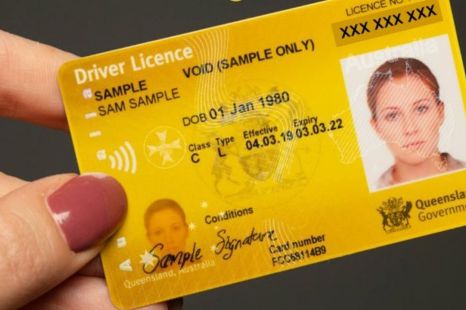

CarExpert.com.au
2 Days Ago